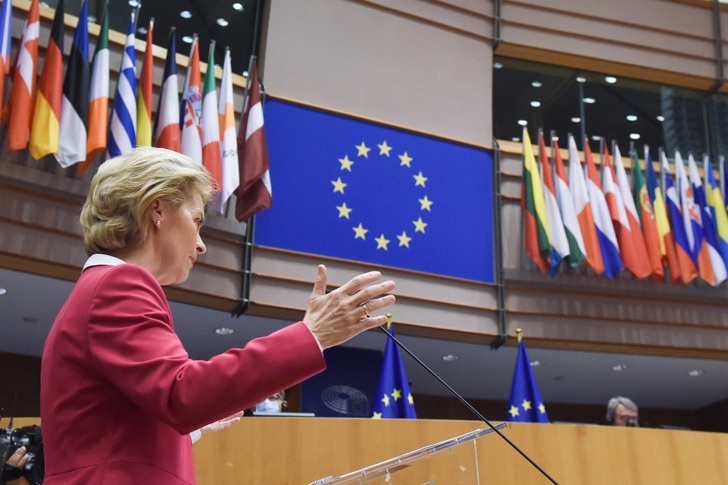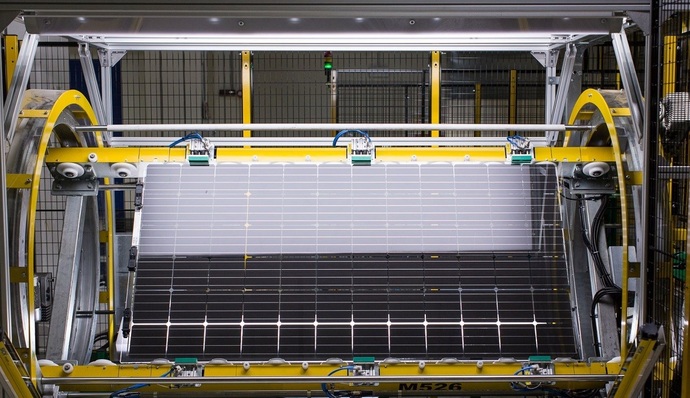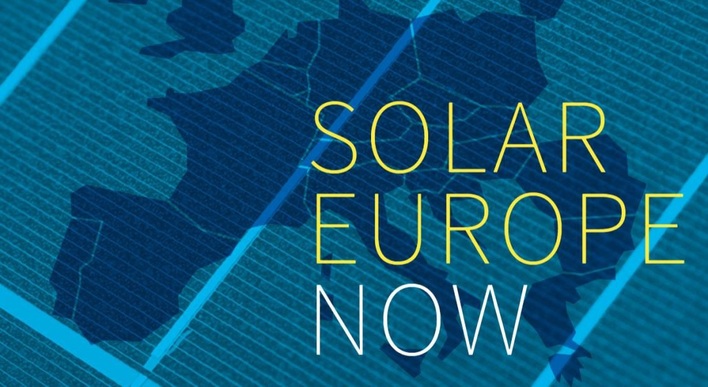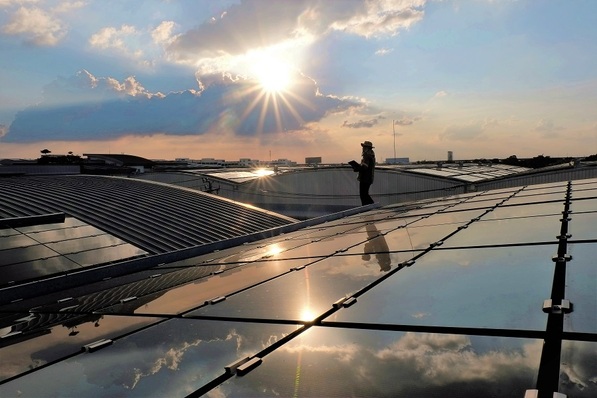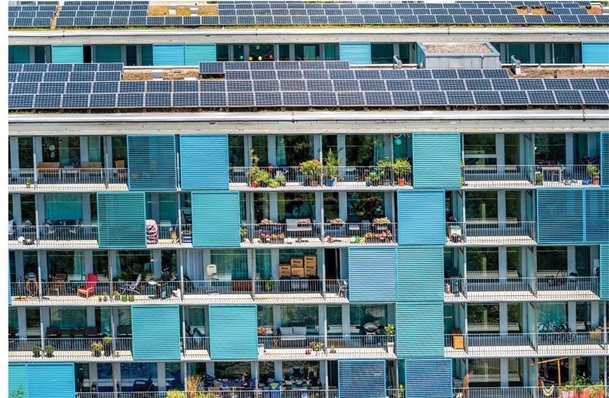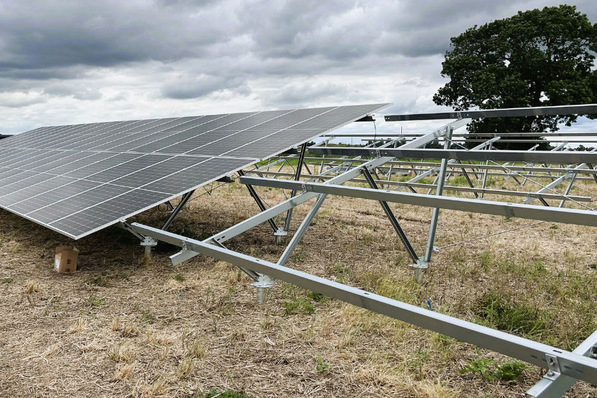The European Commission unveiled the details of its recovery instrument, ‘Next Generation EU’, which, through a combination of loans and grants, aims to provide the funds necessary for a sustainable economic recovery from the COVID-19 crisis. The two-year €750 billion proposal was developed in accordance with the objectives of the European Green Deal, the long-term policy framework that targets a climate-neutral EU economy by 2050.
In line with a green recovery
Aurélie Beauvais, interim CEO of SolarPower Europe, said: "The recovery instrument is clearly in line with a green recovery, which will accelerate the EU’s energy transition towards achieving the Green Deal's targets. Solar and renewables have been recognised as key to Europe’s future prosperity and resilience. The EU solar sector is ready to kick-start the economy, with world-leading R&D centres and cutting-edge technologies, which can contribute to achieving the climate neutrality objective, as well as creating new jobs and growth across the continent.
Particularly positive for solar is the announcement of the ‘Strategic Investment Facility’, which seeks to unlock €150 billion of investments in renewables and energy storage technologies, with the Commission further pledging to fast-track the 'Clean Hydrogen Strategy and Alliance'. A step further is to ensure that hydrogen production in Europe is based on renewable electricity, which has zero greenhouse gas emissions and will increase the EU’s energy security."
Installing solar on renovated buildings in the EU
Miguel Herrero Cangas, Policy Advisor and Coordinator of the Solar Buildings Workstream at SolarPower Europe, stated: “Decarbonising the European building stock is one of the most important objectives in reaching the Commission’s climate targets. Installing solar on renovated buildings in the EU has the potential to save million tonnes of CO2 each year, and thus it positive that the recovery instrument includes the proposal of doubling the infrastructure window in ‘InvestEU’ to support the upcoming Renovation Wave.
Did you miss that? Electricity industry calls on policy makers for a green recovery
Member States will be able to use funds from the Recovery and Resilience Facility to increase the rate of renovation of the existing building stock, which presents a significant opportunity to invest in rooftop solar or Building-Integrated Photovoltaics (BIPV) technologies. Since Europe is already a leader in BIPV, in order to maintain this global pioneering position, investment can productively be directed towards this innovative solar application.”
Sustainable financing measures
Merce Labordena, Senior Policy Advisor and Coordinator of the Finance Workstream at SolarPower Europe, commented: “The recovery instrument involves a number of sustainable financing measures that can help the European solar sector continue to develop world-leading technologies and applications. The proposal includes measures to strengthen existing EU programmes, including a reinforced, €94.4 billion ‘Horizon Europe’, which is focused on health and climate action that enhance the competitiveness of EU industry.”
Following the proposal, the European Council and European Parliament will debate the Commission’s plan, with discussions expected to begin in the near future. By 1 September 2020, the decision to increase of the current MFF to finance urgent actions will require European Council unanimity and consent from the European Parliament. By 1 January 2021, the decision to allow the Commission to borrow money on international capital markets will require European Council unanimity and ratification from national Parliaments. (HCN)


